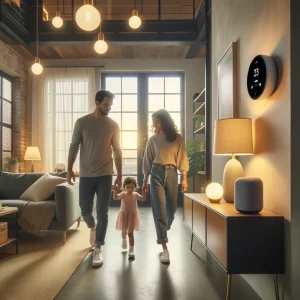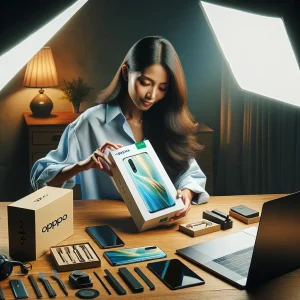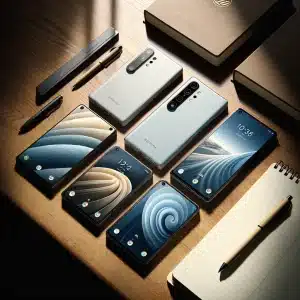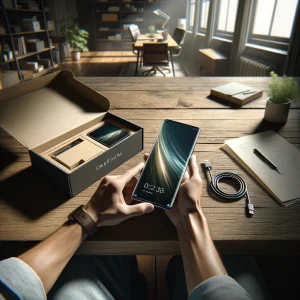
AI Smart Homes: Fully Automated Living Explained
Discover how an AI smart home learns your habits, streamlines energy use, and upgrades daily life. Explore devices, challenges, and future trends in smart home automation.

OPPO Find X9 Pro Review: Shockingly Good Flagship
Full review of the OPPO Find X9 Pro flagship: 200MP camera, Dimensity 9500 power, 7,500mAh battery and ColorOS 16 features redefining 2024 mobile.

PlanB Bitcoin Prediction: November 2025 Price Outlook
Explore PlanB Bitcoin prediction for November 2025, stock-to-flow insights, technical signals and RSI sentiment to gauge the next BTC price move.

Top AI Travel Planning Tools for Smarter Trips in 2025
Discover the 9 best AI travel planning tools for 2025 to book cheaper flights, craft custom itineraries, and travel smarter. Plan your next trip with AI today.

Hyundai Ioniq 9 Review: 3-Row Family EV Perfection
Explore our in-depth Hyundai Ioniq 9 review, covering design, tech, range and pricing for the 3-row electric SUV families have been waiting for.

CES 2025’s Coolest Smart Home Technology Revealed
Discover the coolest smart home technology from CES 2025: outdoor TVs, transparent OLEDs, AI lighting, and prefab micro houses that redefine connected living.

Best Compact Phone: Xiaomi 17 Pro vs iPhone 17 Pro & More
Compare the best compact phone options—Xiaomi 17 Pro, iPhone 17 Pro, Galaxy S25 & Pixel 10 Pro—on camera, battery, performance, display and design.

Weekly Travel News: Airlines, Visas & Tourism (Oct 21 2025)
Stay ahead with the latest travel news covering airline routes, visa updates and global tourism trends for October 21 2025.

Ford F-150 Lightning & Silverado EV Can Power Your Home
Discover how the Ford F-150 Lightning and Chevy Silverado EV use vehicle-to-grid tech to give your house unlimited backup power while slashing energy bills.
2025 Tesla Model 2: Features, Price & Release Details
Explore the Tesla Model 2 launch: specs, range, price, and Elon Musk’s bold vision for an affordable EV redefining compact electric cars.
Galaxy S25 Ultra vs iPhone 17 Pro Max: Full Review
Galaxy S25 Ultra vs iPhone 17 Pro Max showdown—design, display, camera, battery and price compared in depth. Discover which flagship wins in 2026.
Why the Bitcoin Crash Happened: Trump Tariff Explained
For traders stunned by the recent Bitcoin crash, learn how Trump’s 100% China tariff, rare earth metals and high mining costs set off a crypto market collapse.
Safest South American Countries to Visit in 2025
Discover the safest South American countries to visit in 2025. Our guide ranks each nation, offers safety tips, and shows you how to plan a secure adventure.
2025 Tesla Model Y Review: Best Electric SUV?
In-depth 2025 Tesla Model Y review covering design, range, tech and pricing—discover if the updated electric SUV still leads the pack.
AirPods Pro 3 Unboxing & Review: Features, ANC, Heart Rate
Dive into our detailed AirPods Pro 3 unboxing, first-impressions review, ANC test, heart-rate demo, and case upgrades. Discover if Apple’s latest earbuds are worth it.
Upcoming Smartphones 2025: 5+ Elegant Phones to Watch
Discover the top 5+ upcoming smartphones 2025, their elegant designs, specs, cameras & AI power. Your guide to the best phones arriving next year.
Bitcoin Price Crash: Dump or Golden Opportunity?
Bitcoin price crash rocks the crypto market. Explore causes, historical patterns, and buy-the-dip strategies with our in-depth crypto market update.
Shutdown Darkens Burbank Tower, Hits California Air Travel
Learn how the government shutdown impact on air travel closed the Burbank Airport control tower, fueled FAA staffing shortages, and triggered California flight delays.
Google Home Gemini Update: New App Design & AI Features
Discover the Google Home Gemini update: fresh app redesign, smarter automation, AI security alerts and pricing details. See how it upgrades your smart home.

iPhone 17 Review: Best Value iPhone Yet – No Asterisks
Read our in-depth iPhone 17 review covering display, battery life, camera, and performance to see why this base iPhone beats rivals without compromise.
